Thanks to the support of the Italian Federation of Sport Billiards, I had the opportunity to access the playing area of a billiards national competition with the students of the sports photography course I teach at my university. It was a very good opportunity to learn how to take photographs in an unusual environment for people more used to outdoor or ‘traditional’ disciplines.
How the Game Works
Italiana 5 birilli —Italian 5 quilles— is a billiards game widely played in Italy. Unlike snooker or pool, it is played on a table without pockets and with just three balls. The goal of the game is to score points by hitting the oppontent’s ball or the snitch so that it make the quilles fall.
Just as draughts looks simpler when compared to chess, 5 birilli might seem like the little brother of pool and snooker. In both cases, however, this would be a gross underestimation of the games. Indeed, 5 birilli is a highly technical game. it requires focus, absolute control of the stick and a brain capable to function like a highly analytical ballistic computer.
To start the game, the referee must first place the quilles and the snitch in the correct positions.
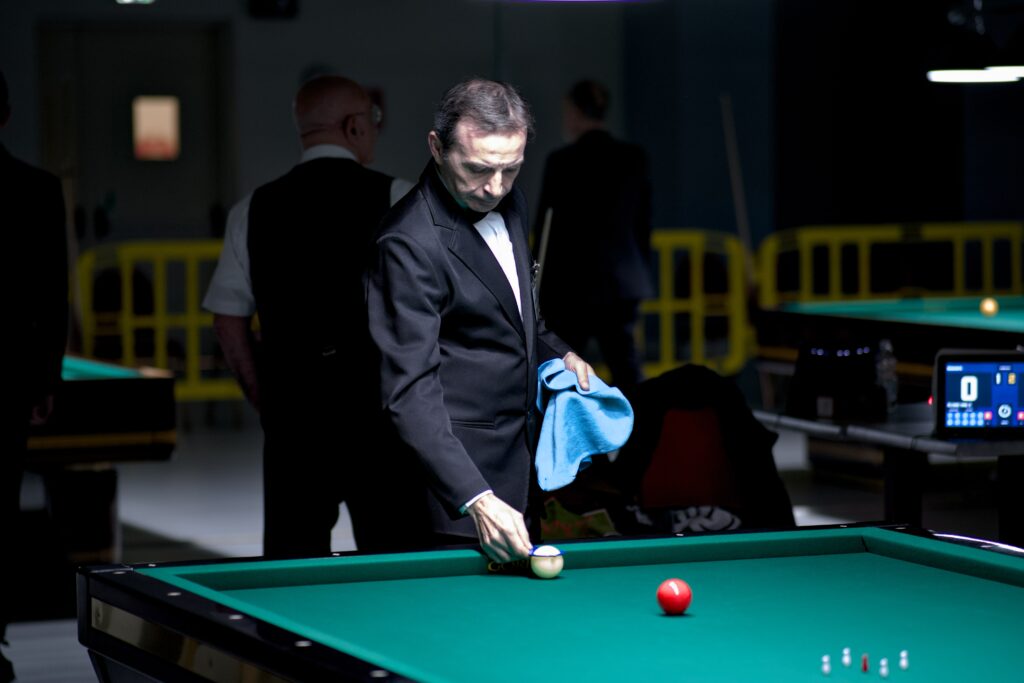
When everything is ready, the players compete for the right to start with the “acchitto” first. They hit the balls simultaneously to make them bounce on the opposite side of the table. The ball that stops closest to the player’s side decides who starts first.
As said, a player can score points by hitting the opponent’s ball or the snitch and make the quilles fall.
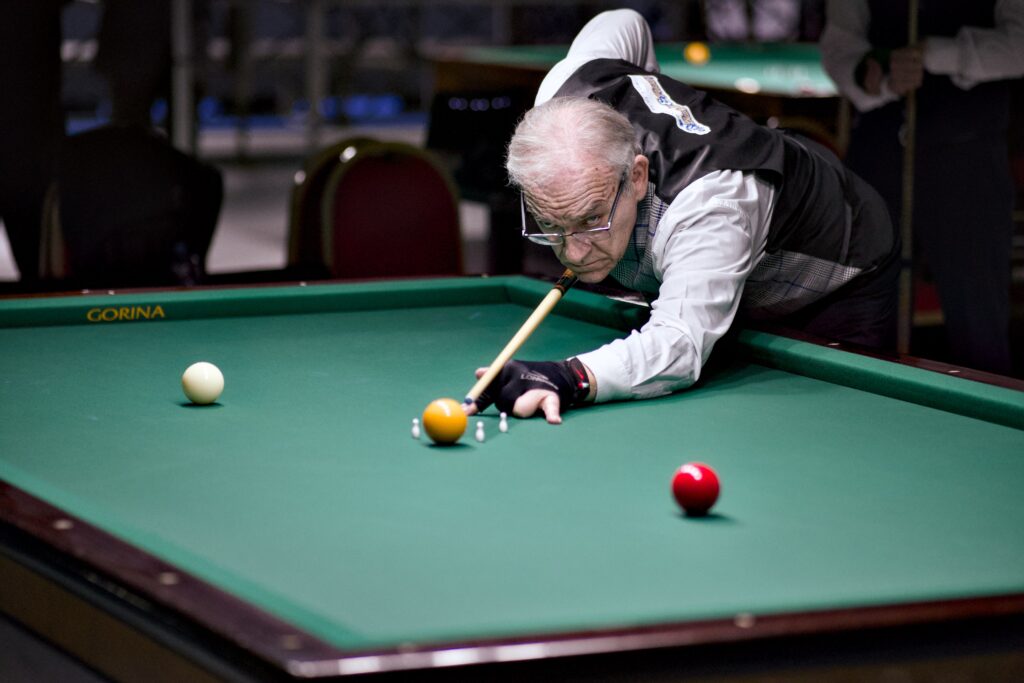
Sometimes, figuring out a proper trajectory is quite challenging.
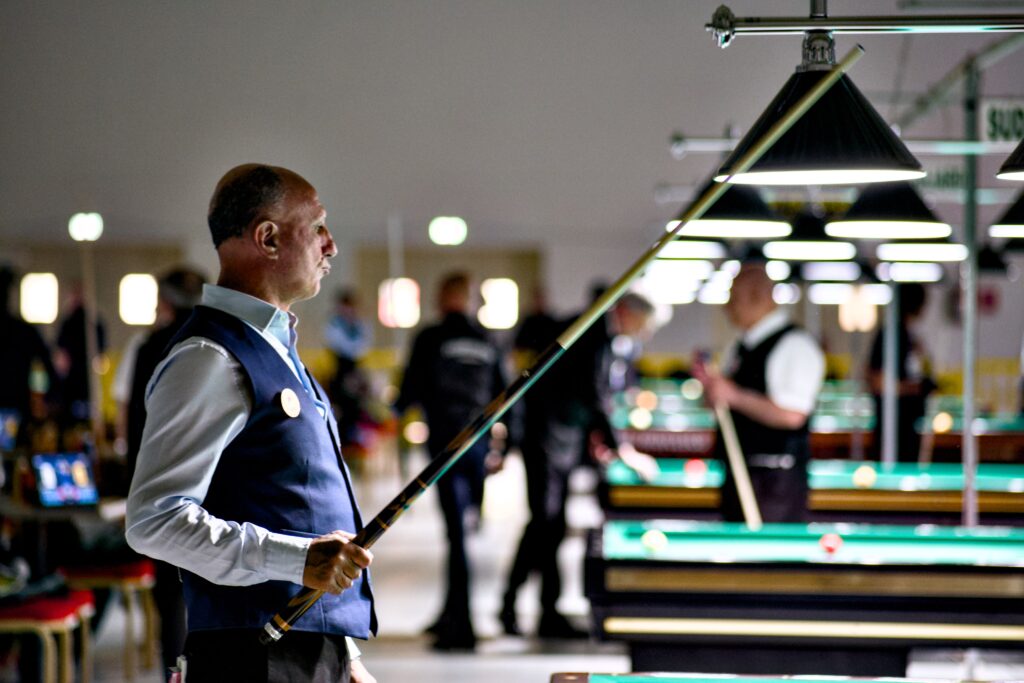
The challenge of photographing 5-quilles is that to capture a meaningful moment.
The photographer must be able to read the table and understand what the player is going to do. In a way, the photographer should be playing along mentally with the real player. By anticipating whether the player is about to make a bold, defensive or desperate move it is possible to be ready to capture a moment of celebration or disappointment that otherwise could have gone missed.
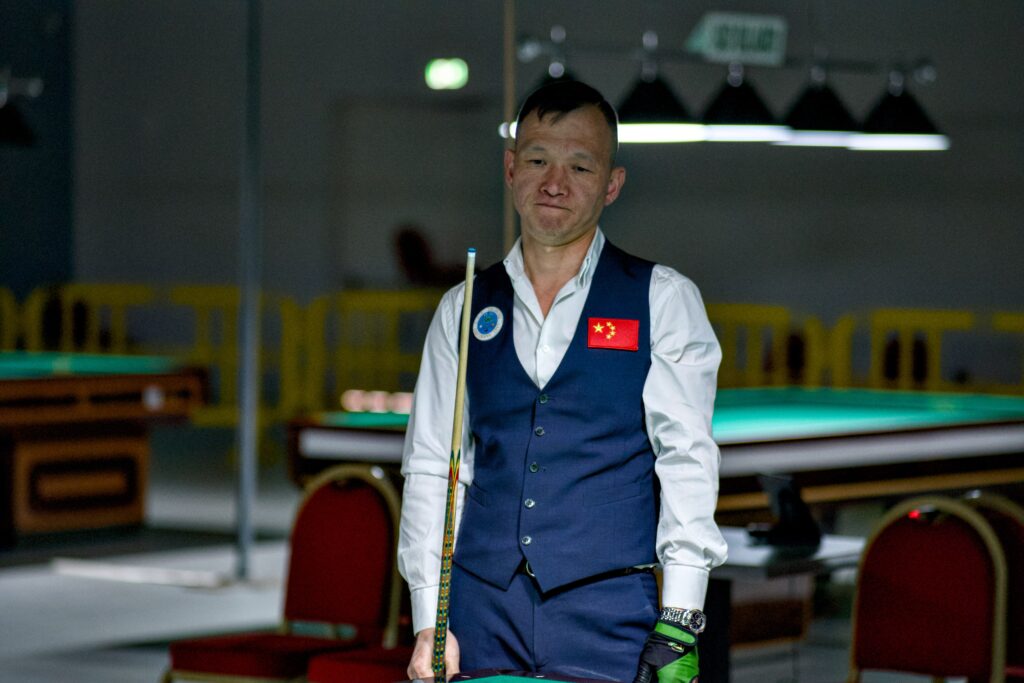
Once a player ends his turn, the referee tides up the table, cleans the balls and re-sets the quilles.
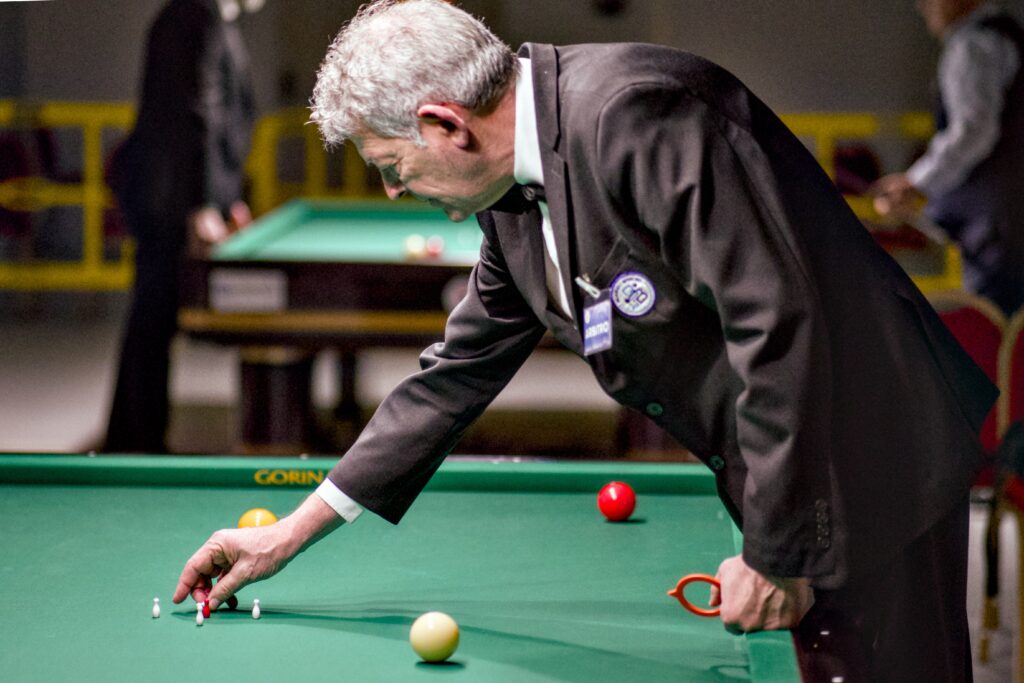
In modern competition, scores are displayed on dedicated terminals, sending the data to a central unit to obtain the final results. However, it is not uncommon for pubs and private clubs to use more traditional, low-tech systems such as pencil and paper to keep track of points.
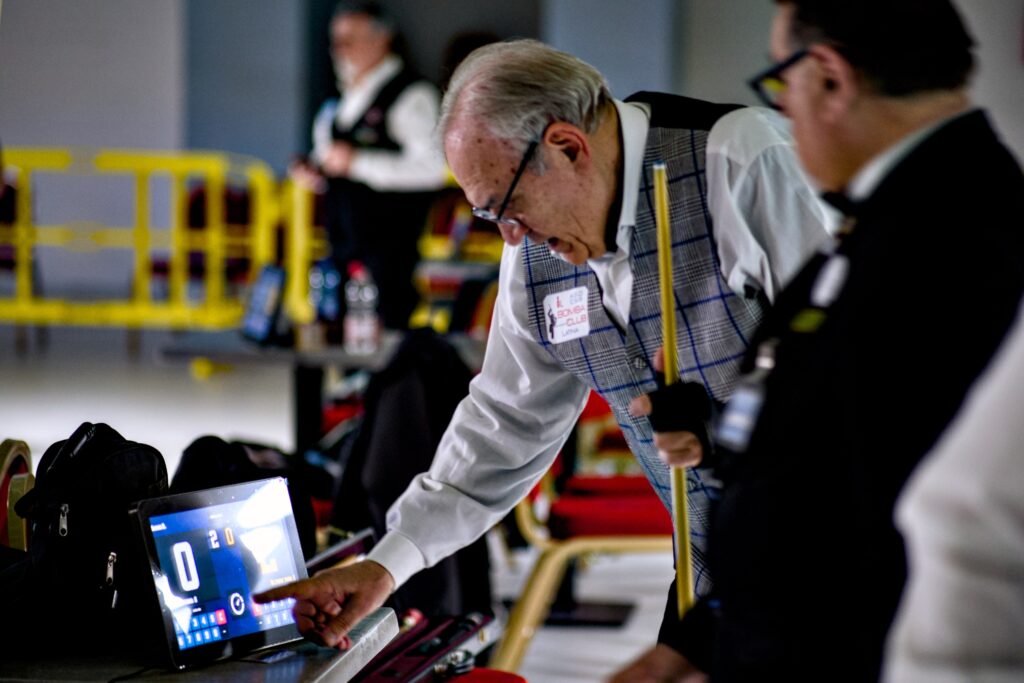
When the game ends, the referee collects the balls and makes sure that the table is neatly clean and ready for the next players.
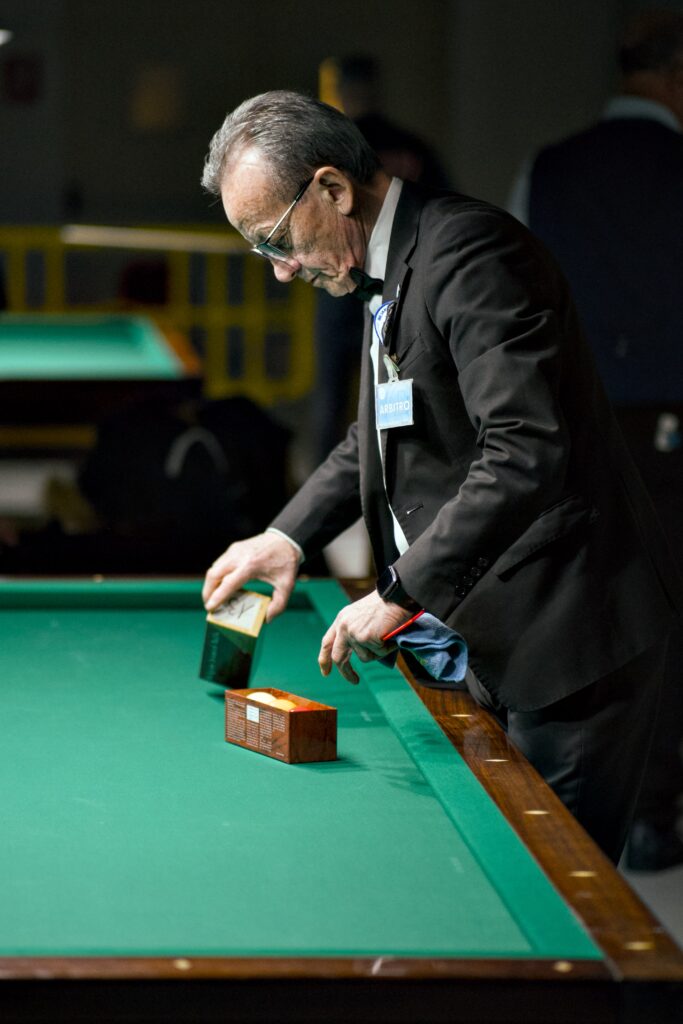
Photographic Considerations
About the technicalities: lighting is the most obvious challenge when shooting billiards. So, a camera with IBIS and capable of performing properly at at least ISO 3200 is mandatory and, speaking of lenses, the fastest the better. To take these pictures I mainly used a Fuji X-T5 with a Viltrox 1.8/85. The kit performed very well, although sometimes, rarely, actually, the autofocus failed. I also used the Fujinon XF 4/18-120 which worked fine.
Field Etiquette
A final word about field etiquette: 5 birilli is first and foremost a mental game. Players need to concentrate on planning and executing their shot. For no reason whatsoever the photographer must interfere by standing right in front of the player, entering his field of view and/or using the flash.
Moreover, although it is possible to use a reflex, mirrorless camera should be preferred. The mirror’s noise is not a problem in just a single shot, but over many shots, things may change and the negative effect on players’ concentration becomes apparent.
If a reflex is all you have at hand, at least try to muffle it.
Share this post:
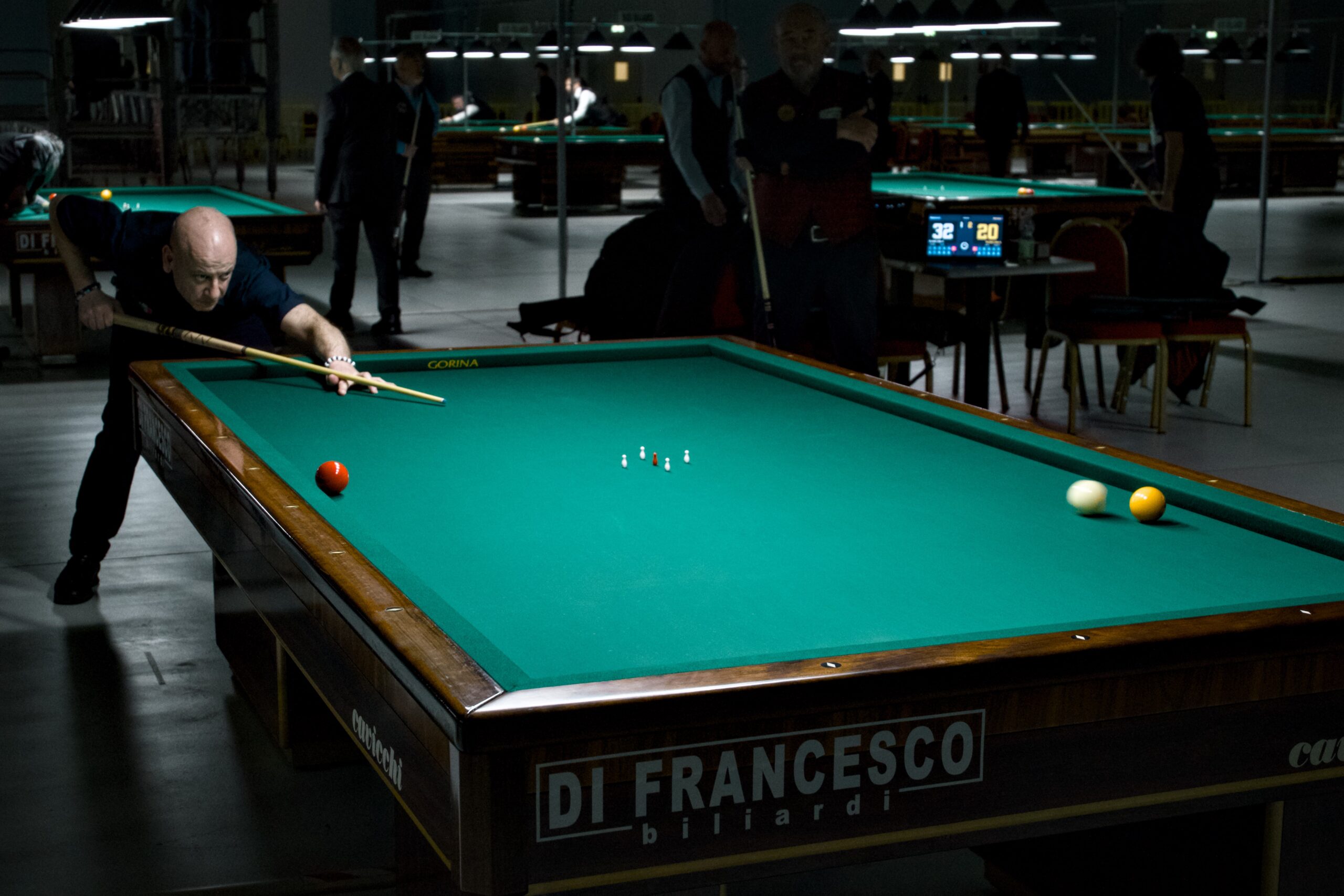



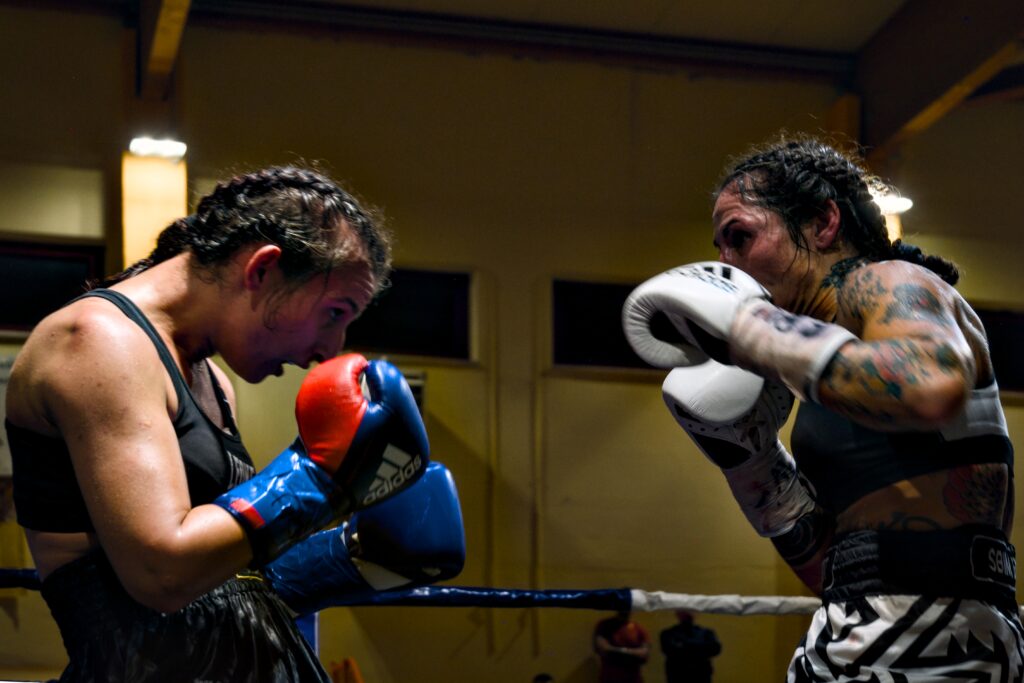




Comments
Eric George Rose on Shooting Italian 5 birilli
Comment posted: 19/05/2025
Tim Piscitelli on Shooting Italian 5 birilli
Comment posted: 20/05/2025